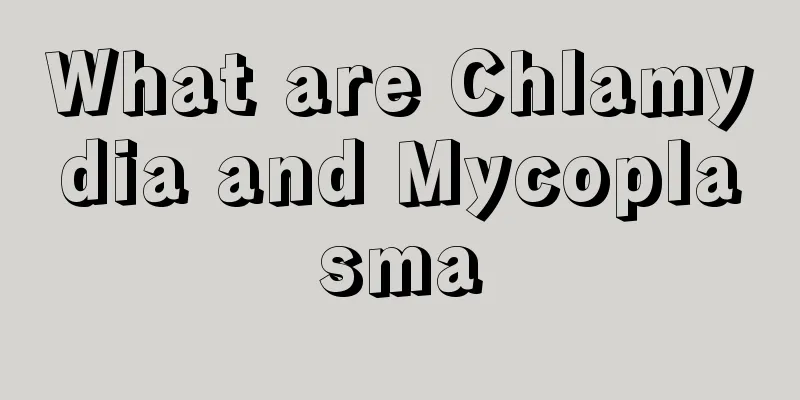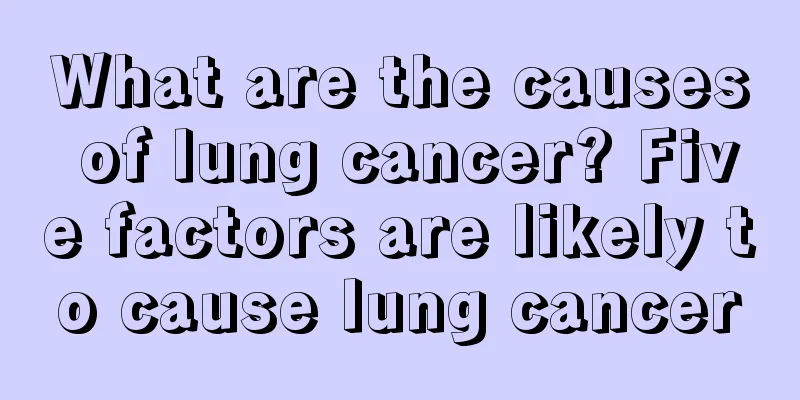Symptoms of neurocostitis

|
Inflammation is a common condition in the human body and may occur in any part of the body. For example, folliculitis, dermatitis, pharyngitis, etc. are all types of inflammation that we often encounter in life. For people who engage in physical labor for a long time, neurocostal inflammation is one of the inflammations that many people are likely to suffer from. Therefore, it is very necessary to understand the symptoms of neurocostal inflammation. 1. Costitis [1] refers to chronic nonspecific inflammation occurring in the costal cartilage area, also known as non-suppurative costochondritis and costochondral hyperplasia. Its etiology is unknown, but is generally believed to be related to strain or trauma. It occurs when people carry heavy objects, twist sharply, or suffer from chest compression, which causes acute damage to the costochondrial joint cartilage. It also occurs when people suffer from chronic strain or viral infection caused by colds, which leads to edema and thickening of the costochondrial joint surface cartilage, a sterile inflammatory reaction. 2. Refers to the chronic nonspecific inflammation occurring in the costal cartilage, also known as non-suppurative costochondritis and costochondral hyperplasia. The cause is unknown, but it is generally believed to be related to strain or trauma. It occurs when people carry heavy objects, twist sharply, or squeeze the chest, causing acute damage to the costochondrial joint cartilage, or due to chronic strain or viral infection caused by colds, which leads to edema and thickening of the costochondrial joint surface cartilage due to aseptic inflammatory reaction. 3. The lesions are mostly located at the 2nd to 5th costal cartilages in the chest, with the 2nd and 3rd costal cartilages being the most common. The lesions may also invade the manubrium of the sternum, the inner side of the clavicle and the anterior and inferior costal cartilages. The affected costal cartilage may be felt as dull or sharp pain in the chest, with tenderness and swelling. The pain may worsen with deep breathing, coughing or movement of the affected upper limb, and may sometimes radiate to the shoulder or back. They may not even be able to raise their arms. However, there is no change in the local skin. The pain varies in severity and often lingers, affecting the patient's work and study. The swollen rib cartilage may even persist for months or years after the pain disappears. 4. Sometimes the pain will occur after fatigue. The onset may be acute or slow. Acute cases may occur suddenly, with a feeling of stabbing pain, throbbing pain or soreness in the chest; insidious cases may develop slowly, making the junction of the ribs and costal cartilage bow-shaped, swollen and dull pain without being noticed, sometimes radiating to the shoulders, back, armpits, neck and chest, sometimes with chest tightness and shortness of breath. The pain is relieved when resting or lying on the side, and the pain is aggravated by deep breathing, coughing, lying flat, chest straightening and after fatigue. |
<<: What to do if your face becomes particularly hot due to skin inflammation
>>: No cough but chest X-ray still shows inflammation
Recommend
What is the cause of bladder cancer abdominal distension
Hematuria caused by bladder cancer is usually mac...
My feet feel a little itchy after soaking them in mugwort
There are many meridians and acupoints in the hum...
What are the dietary treatments for bronchitis in children?
Bronchitis is a very common respiratory disease. ...
Is acupuncture effective in treating vertigo?
People must have experienced dizziness in their d...
How long can a person with a large area of cerebral infarction live
Cerebral infarction, also known as cerebral infar...
Can I drink alcohol if I have hernia
In fact, hernia is a disease that mainly occurs i...
Can a cold cause back pain?
Some people find themselves experiencing back pai...
Does saliva smell bad?
Not all saliva smells bad. Bad saliva may be caus...
Can't people with thyroid cancer eat leafy vegetables?
Thyroid cancer patients can eat leafy vegetables,...
What details should be paid attention to when choosing wet wipes
Wet wipes have entered more and more people's...
What are the early prevention methods for lymphoma
If you want to stay away from lymphoma as soon as...
Onychomycosis bandaging treatment
If you have onychomycosis, you must seek timely t...
Life expectancy of papillary thyroid cancer
The life expectancy of patients with papillary th...
Does fermented glutinous rice cause internal heat?
Fermented rice eggs are a kind of food made with ...
What to do if lactate dehydrogenase is too high? This treatment is effective
Muscular dystrophy, liver disease, lung disease, ...









